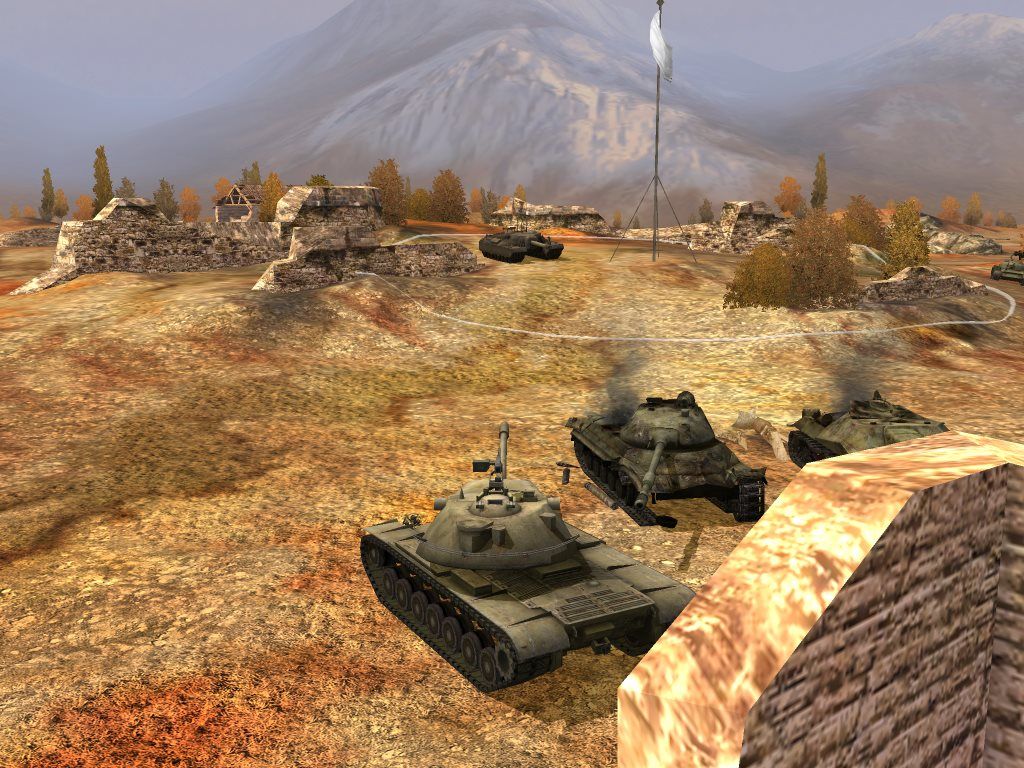


If an HE shell did not penetrate the armor, then the tracers will have to get through it as well.If an HE shell penetrates the armor, then the tank takes full damage and the tracers fly at only the modules and the crew.For each tracer, the calculation is made whether the module managed to “dodge” it or not, and if it doesn't, the module takes damage. After that, tracers (shell fragments) go from the point of explosion to the vehicle's structural elements and the crew, calculating damage to each module.When a shell hits the armor, the shell is trying to penetrate based on its trajectory. For HE shells, armor penetration is calculated the same as for AP shells.Hitting the front or rear wheels deals full damage while hitting any other part of tracks deals a third of the full damage amount. When an AP shell hits the tracks, it always deals damage.
(Except in cases when it hits the gun or observation devices, at which point the shell will travel further anyway.) How is damage dealt to the tracks? If the module isn't damaged, then the shell “falls apart” and doesn't travel further. If a module takes damage, the shell travels further. If it pierces the vehicle's main armor, a shell can travel a distance equal to 10 times its caliber, regardless of the modules it will hit inside the vehicle.Įach module has its own chance of damage, ranging from 20% to 70% (see below). In addition to that amount, a shell has several hidden parameters that are taken into account when calculating damage dealt to a module. Upon damaging a vehicle, each shell can remove a certain amount of HP, a value specified in the shell's stats.


 0 kommentar(er)
0 kommentar(er)
